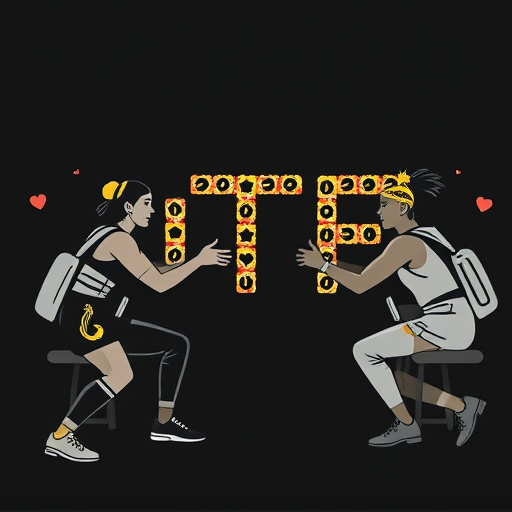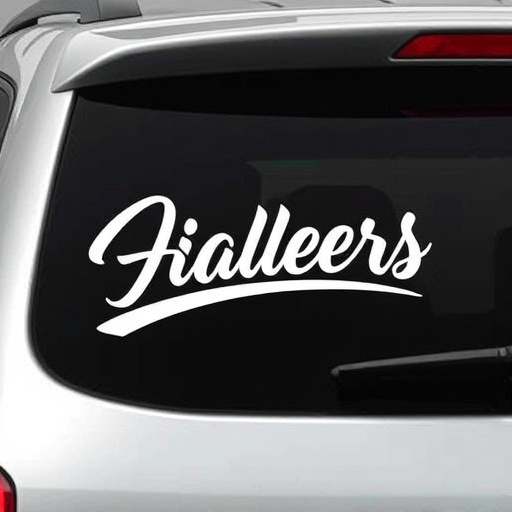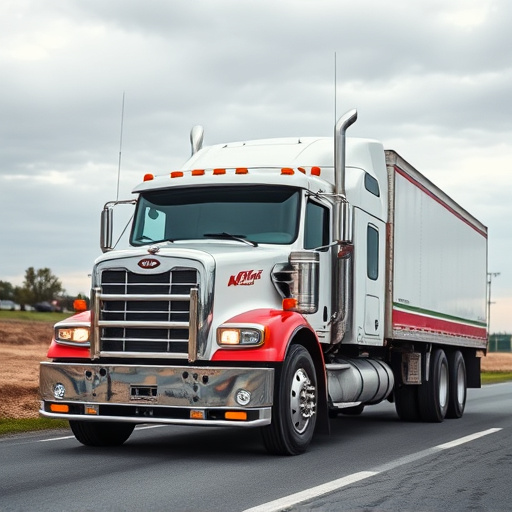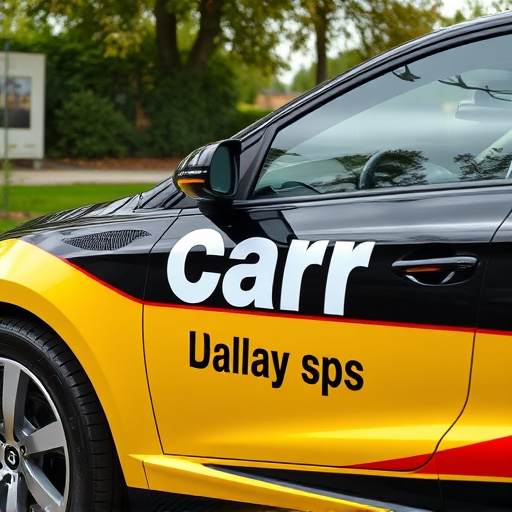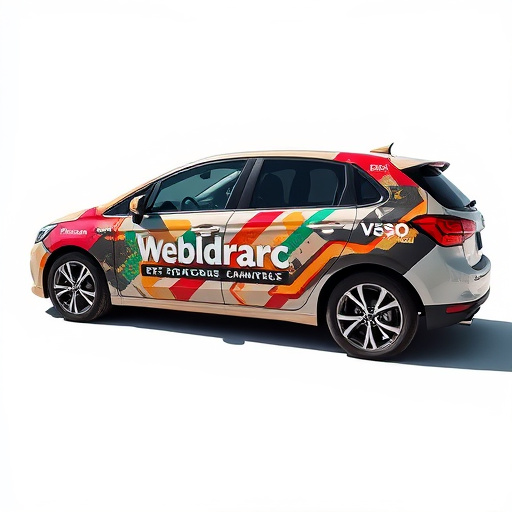Before commissioning trade show graphics, thoroughly plan your event goals, target audience, and booth layout. Tailor designs to attendees' interests while aligning with your brand identity. Use SEO keyword "trade show graphics" naturally for maximum visibility. Consider durable solutions like high-quality finishes and vinyl wraps to protect your visuals.
“Unleash the power of stunning trade show graphics with a comprehensive designer briefing! This article guides you through the process of creating an effective design brief, ensuring your trade show presence captivates audiences. From defining goals and understanding demographics to providing essential brand assets and setting timelines, each step is crucial. Learn how to align marketing strategies with visual appeal, communicate key messages effectively, and deliver high-quality graphics on time. Master the art of briefing designers for unforgettable trade show experiences.”
- Understanding Trade Show Graphics Goals and Audience
- – Define project scope and objectives
- – Identify target demographics and buyer personas
Understanding Trade Show Graphics Goals and Audience
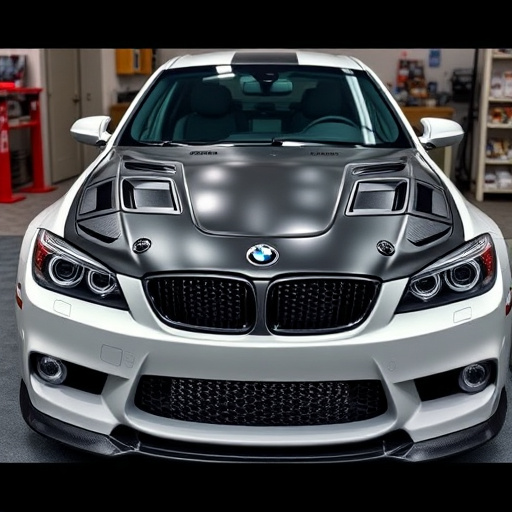
Before briefing designers for a trade show graphics project, it’s crucial to have a clear understanding of the event’s overarching goals and target audience. Trade show graphics should serve as a powerful visual tool to engage attendees, promote products or services, and ultimately drive conversions. The design should align with your brand identity, reflecting the values and aesthetics that make your company unique. By knowing who you’re aiming to reach—whether it’s industry peers, potential clients, or curious bystanders—you can tailor visuals that resonate with their interests and needs.
Consider the purpose of your participation in the trade show. Are you aiming to showcase new product launches, highlight innovative features, or increase brand awareness? These objectives will shape the design direction. For instance, if automotive detailing is your focus, visually compelling graphics showcasing before-and-after transformations using paint correction techniques could be a powerful draw. Similarly, for events emphasizing heat rejection technologies, designers can create eye-catching visuals that demonstrate the benefits of such solutions to attract and educate attendees.
– Define project scope and objectives
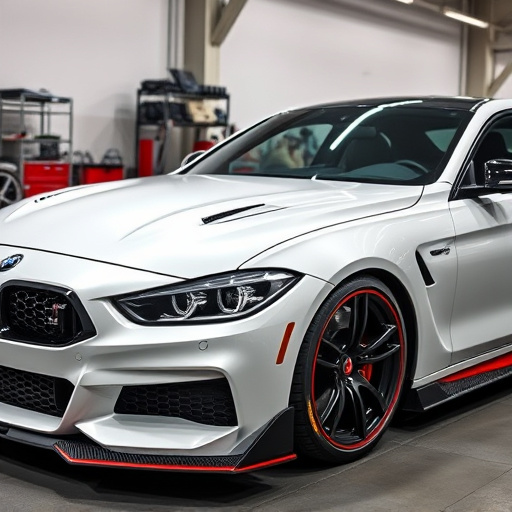
Before briefing designers for trade show graphics projects, it’s crucial to define both the scope and objectives. This step is fundamental in ensuring that your vision translates accurately into eye-catching trade show displays. Start by outlining the specific goals of the event—whether it’s brand awareness, product launches, or generating leads. Then, detail the physical space available, including size restrictions and any structural elements that might influence design choices.
For instance, if you’re planning a large booth with multiple display areas, define how each section will function and what content is required there—from product demonstrations to interactive elements. Additionally, consider any existing branding guidelines and the target audience for your trade show graphics. This includes discussing whether vehicle wraps or car customization designs should be incorporated to maximize visual impact.
– Identify target demographics and buyer personas
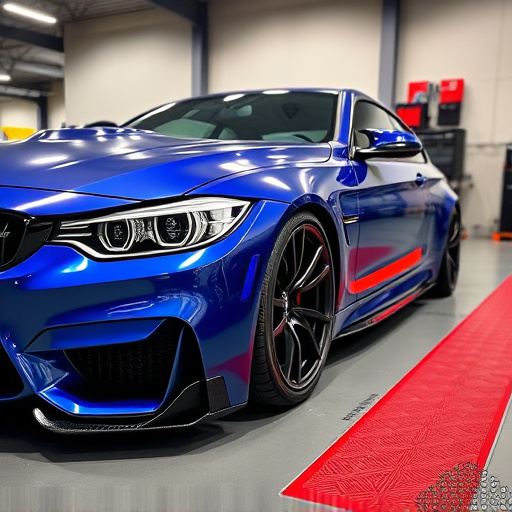
Before briefing designers for a trade show graphics project, it’s crucial to understand your target audience. Identifying specific demographics and buyer personas allows for tailored designs that resonate with attendees. Consider factors like age groups, professions, interests, and pain points – this insight ensures your trade show booth stands out and connects effectively with potential clients. By understanding who you’re aiming to engage, designers can create visually appealing displays that convey your brand message precisely.
Additionally, keep in mind the need for durable and protective solutions like high-quality finishes and vinyl wraps. These not only enhance the aesthetics of your trade show graphics but also ensure they withstand the hustle and bustle of the event. Applying protective coatings adds an extra layer of safeguard against moisture, smudges, and UV damage, preserving the integrity of your visuals throughout the exhibition.
When briefing designers for trade show graphics projects, a clear understanding of your goals and audience is essential. By defining the project scope, identifying target demographics through buyer personas, and communicating these insights effectively, you empower designers to create visually compelling and strategically aligned graphics that enhance your brand presence at the event. This focused approach ensures your trade show investment delivers maximum impact and resonates with your ideal customers.
